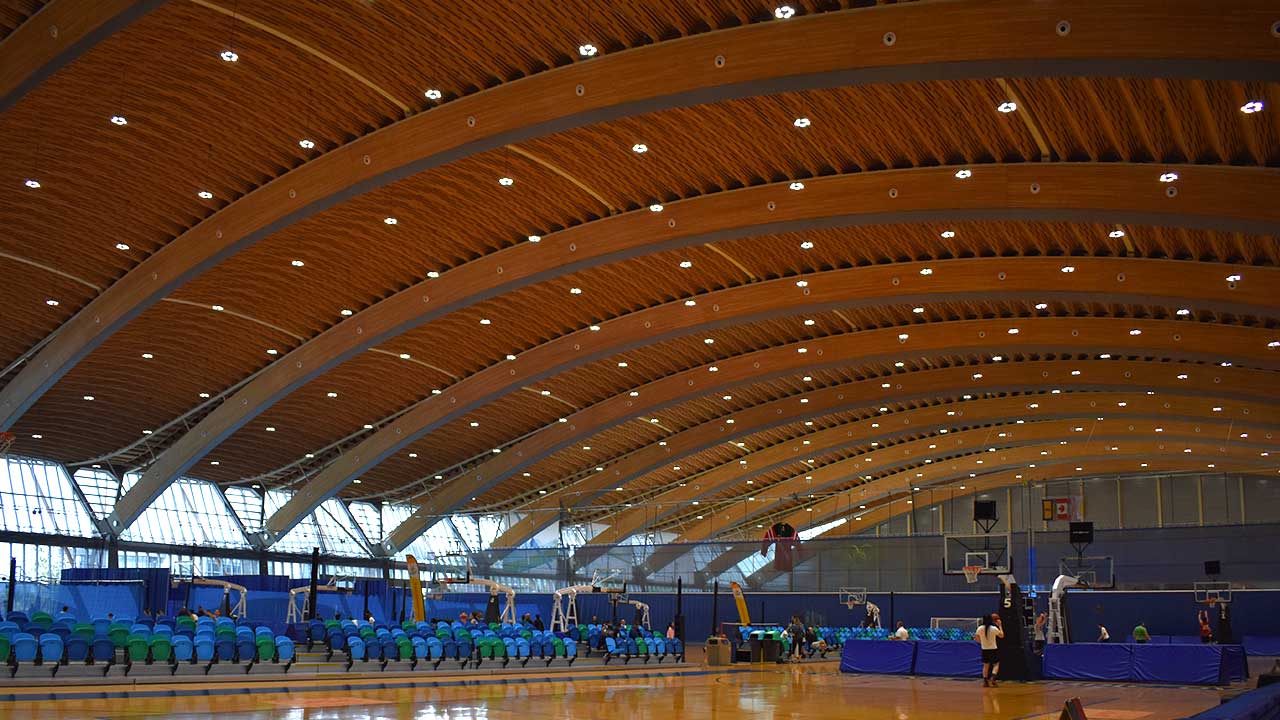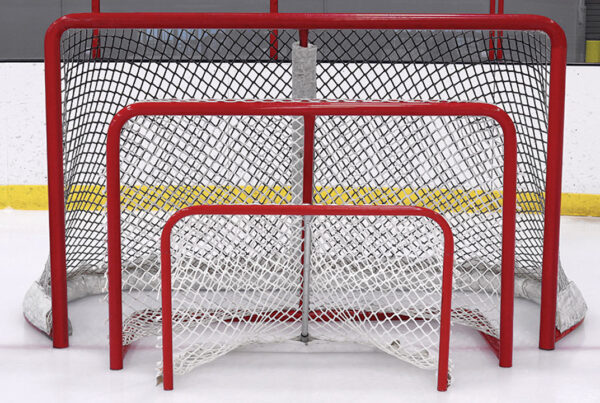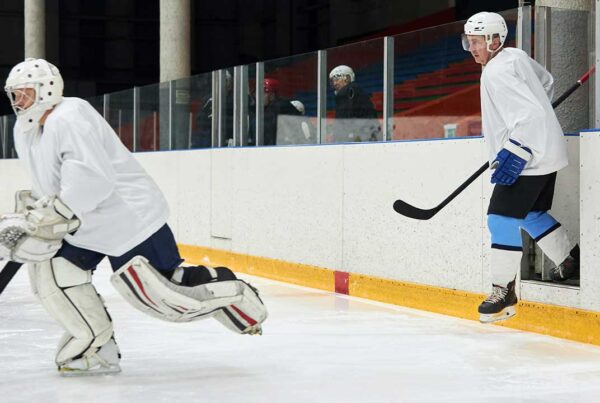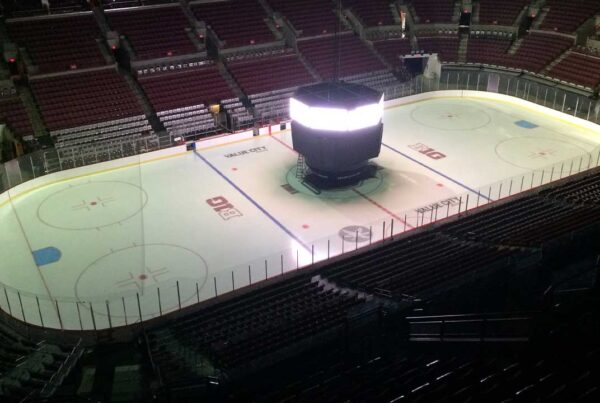How Can You Find Peace of Mind and Energy Savings All Under One Roof?
Maintaining the temperature and quality of ice sheets in a hockey rink presents several challenges. A lot of foot traffic reduces the ice thickness and affects the quality of the surface.
The warm weather outside and heat from lighting and players inside the rink can also result in ice melting, even if the refrigerating systems are running at full capacity.
These problems can leave operators of busy rinks with their hands in their hair. Installing low-emission ceilings can reduce the effect that warm weather, interior heat, and fully booked rinks have on ice sheet thickness and quality.
Low Emissivity Rating
One of the most significant causes of melting ice is the radiant energy from the sun and the artificial lighting inside the arena. In an ice rink, radiant heat migrates from warm surfaces to cold surfaces.
When the rink’s lights are on, a conventional ceiling heats up, and this heat radiates towards the ice. Heat is a product of traditional ceiling materials like wood and steel have an emissivity index that ranges between 0.85 and 0.95. This index is quite high, considering that the emissivity index of perfectly radiating materials is 1.0.
Materials that don’t radiate any heat have an emissivity index of 0. Installing low-emission ceilings prevents this heat build-up and transfer as they typically have an emissivity factor that can be as low as 0.3.
Structural Benefits
Low-emission ceilings are flexible structural components that are suitable for various building designs.
A low emission ceiling also saves operation costs by reducing the volume of the space that the refrigerator systems have to keep at the correct temperature. Some low-emission ceilings feature skylights that serve as illumination and reduce the need for high-intensity artificial lighting.
Because ice rinks have been using this type of ceiling for around twenty years, rink owners can have peace of mind that they are dealing with an established product.
Quality of Installation
To optimize the benefits low-emission ceilings offer, an installation by professionals is a must. If there are issues with the installation, it can result in moisture build-up in the structure directly above the material. A professional supplier and ceiling installer can also help the rink to qualify for a rebate.
List of Benefits of Low-Emission Ceilings
- Reduced load on refrigerator running costs
- Reduction in condensation on the rink structure
- Enhanced arena aesthetic appeal
- Improved ice quality
- Easier to maintain ice thickness
- Reduce the occurrence of moisture build-up
- Improves the acoustics in the arena
- Reduces the demand for artificial lighting as the ceiling itself is a source of brightness
- The rink may be eligible to receive rebates
Because of a low-emission ceiling’s ability to reduce the flow of radiant energy to the ice, installing this type of ceiling can reduce a rink’s energy consumption significantly.
Depending on the size of the arena and ice sheets, electricity consumption can be decreased by as much as 77,000 kWh per year. Deceasing electricity consumption leads to a decrease in rink operating costs and an increase in profits.
